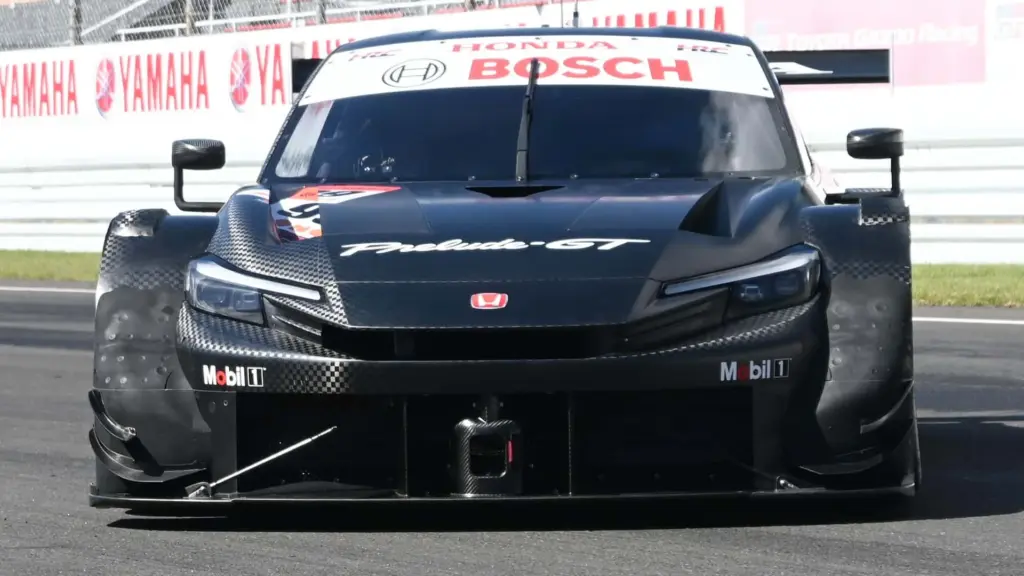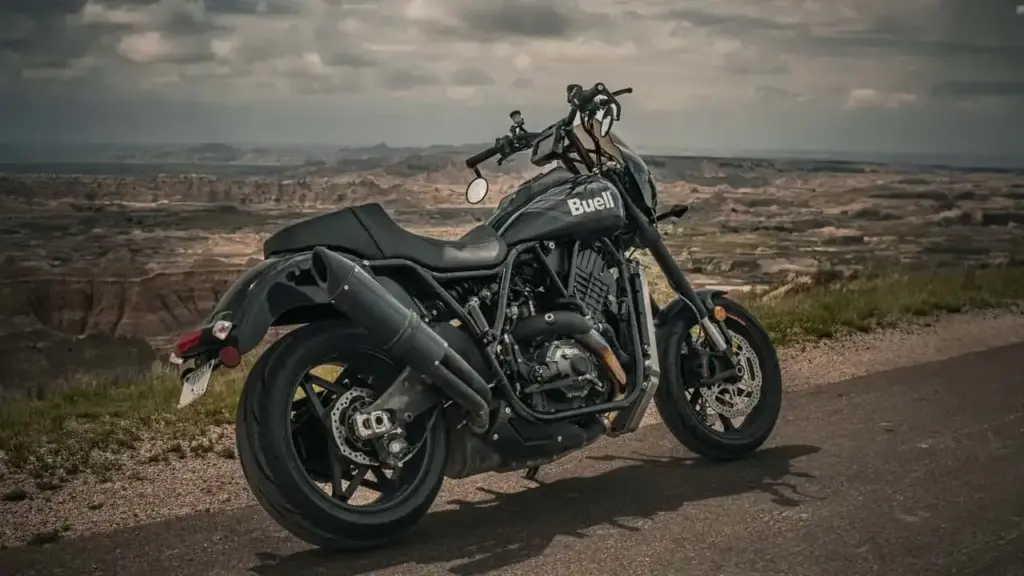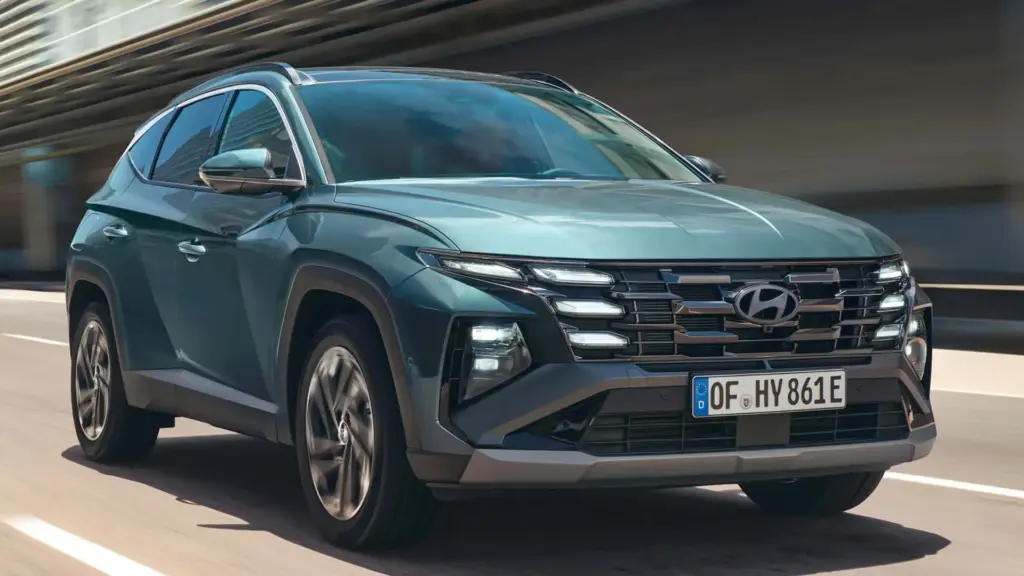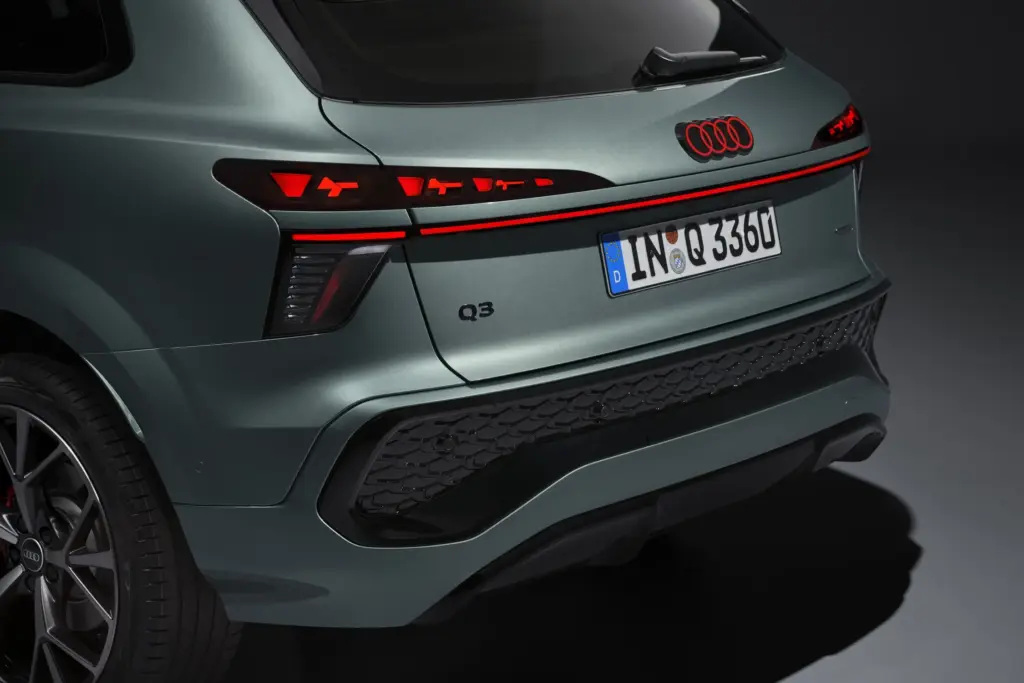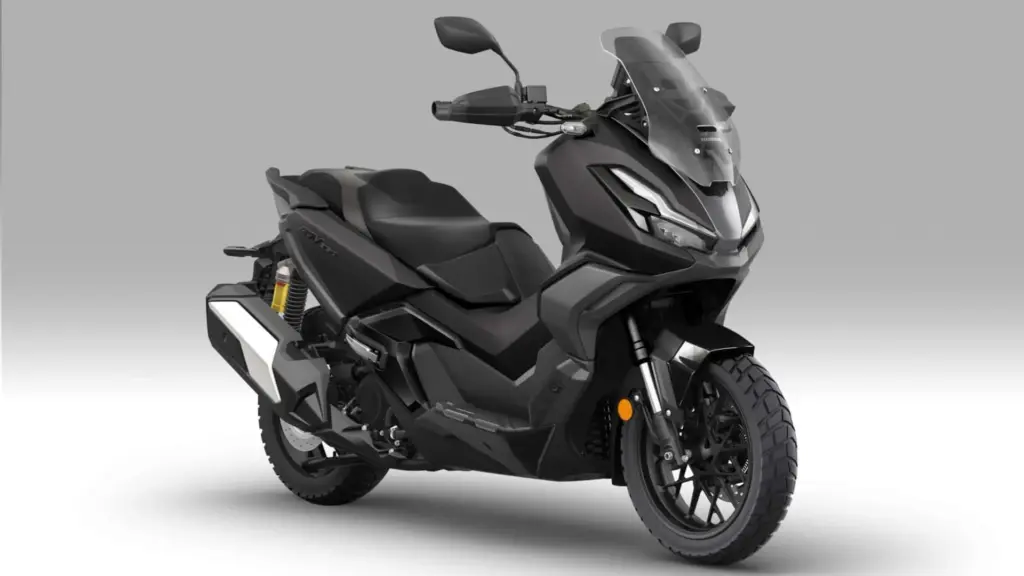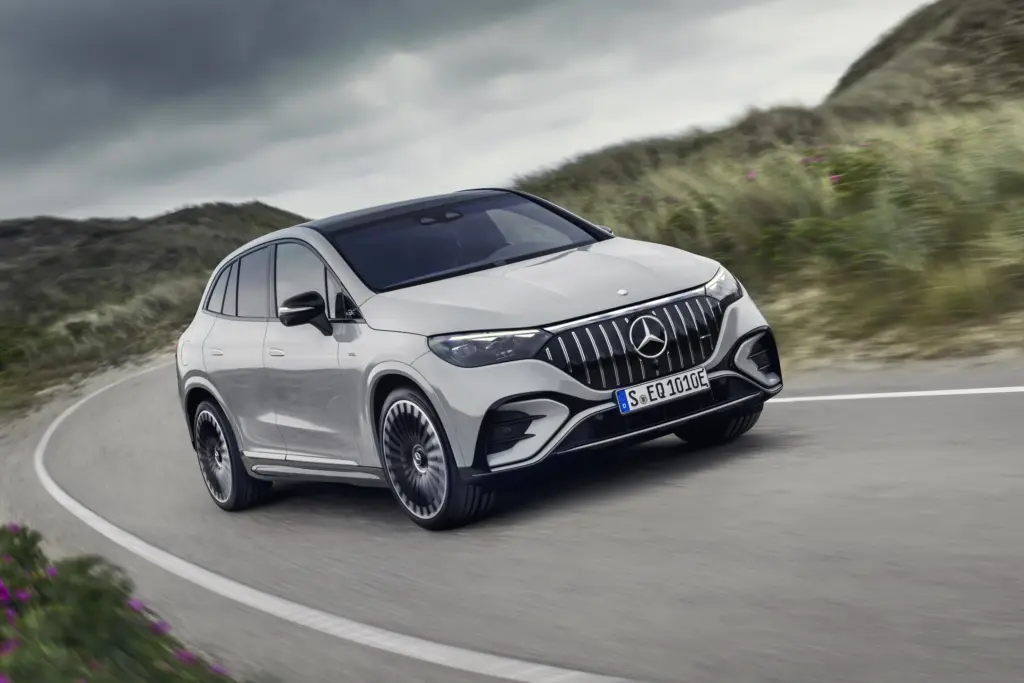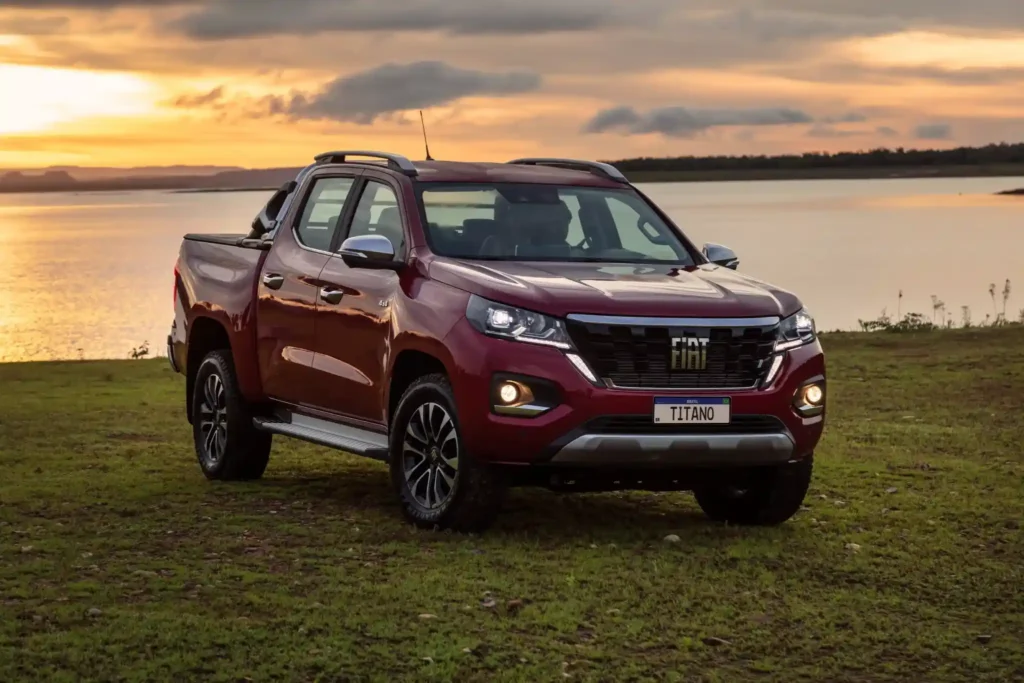The Ferrari Roma 2026 wraps up its journey in grand style: the final year of production, only in the Spider body style, and with everything a true GT needs to make you smile — and earn some extra cash. It’s the farewell to a design language that blended pure elegance with a wicked twin-turbo V8. And on the same stage, enters the successor, Amalfi. Two temptations in the same show. Which one do you buy?
Why does the Roma Spider 2026 mark the end of a cycle and entice collectors?
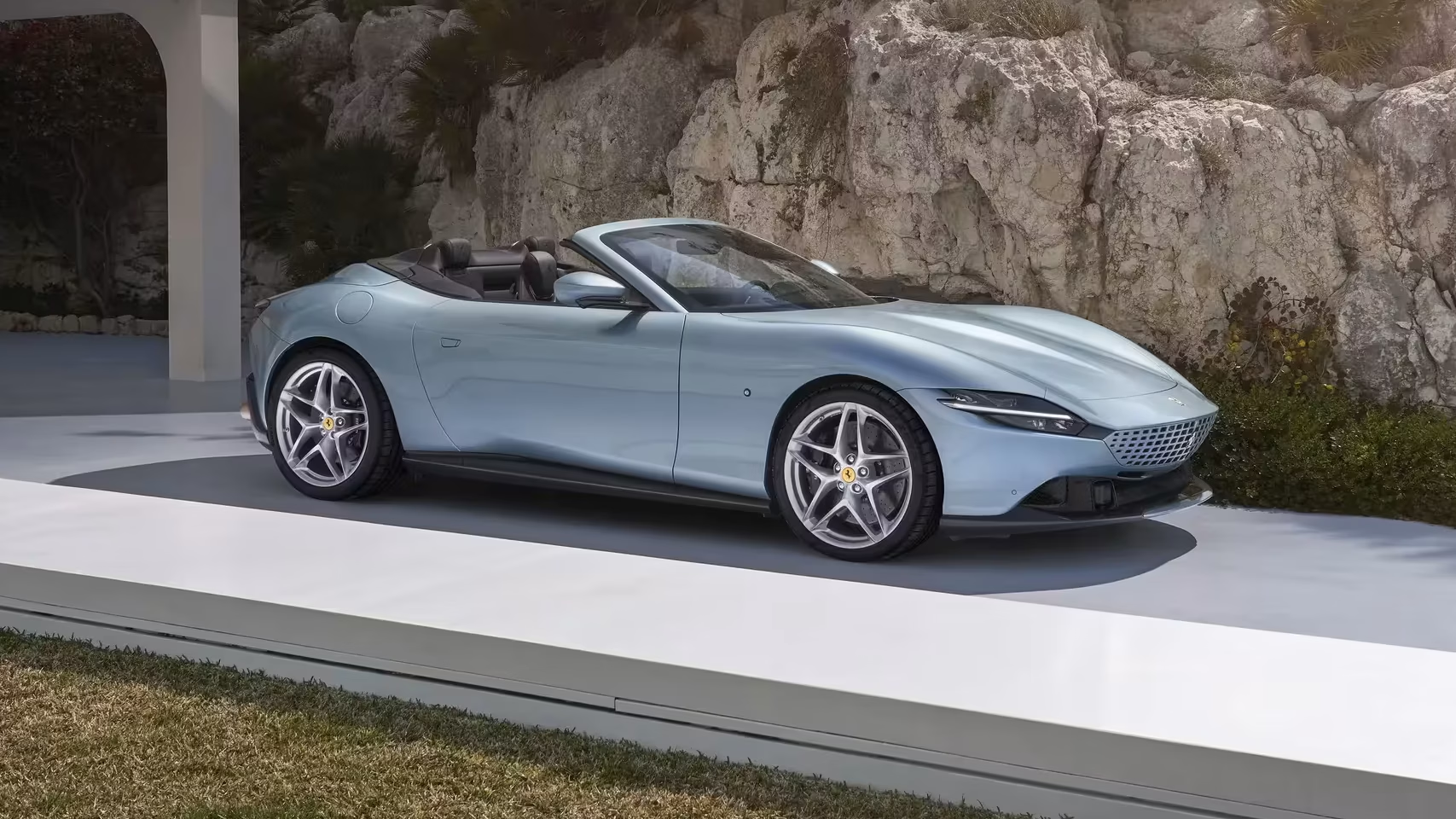
Because it’s the final iteration of the Roma platform and only available as a Spider in 2026. The coupe has already bid farewell. The “La Nuova Dolce Vita” philosophy remains intact: clean lines, a monolithic “shark-nose” front, an active rear spoiler with three stages, and a presence that doesn’t shout but commands respect. It’s that GT that passes by a 7-star hotel, and everyone tries not to look — but they do.
The cherry on top is the transition story. In 2026, the first units of the successor arrive, more tech-savvy and with ergonomic tweaks. If you want the last factory-built Roma, now’s the time; if you seek evolution, wait for the new. Details about the legacy and the “upgrade” are in our deep dive on the Ferrari Amalfi.
What’s changed in the F154 V8 engine, transmission, and performance figures?
The core is the F154 BH: 3.9-liter twin-turbo V8 (385.5 cubic inches), 620 horsepower at 7,500 rpm, and 760 Nm (561 lb-ft) from 3,000 to 5,750 rpm. The GT punch lies in the torque plateau, with 80% available already at around 1,900 rpm. The 8-speed DCT shifts smoothly at cruising speeds and aggressively when you push hard. Official 0-60 mph (0-100 km/h) time is 3.4 seconds, with a top speed exceeding 200 mph (320 km/h). The electronics signature is Ferrari: Side Slip Control (SSC), sophisticated traction control, and that feeling that the rear dances without killing the vibe. Technical source: ferrari.com.
Efficiency? Combined fuel economy is around 19 mpg (about 12.4 L/100 km), and CO₂ emissions WLTP figures are approximately 258 g/km. With MagneRide suspension, it’s a rare beast: comfortable and sharp at the same time. If you want to compare it to a high-end hybrid GT (and heavier), see how the electrically assisted V8 performs in the Bentley Continental GT.
What are the dimensions, tech package, and onboard comfort features?
Respectable dimensions for a 2+2 with a front-mid engine: 4,656 mm (183.3 inches) long, 1,974 mm (77.7 inches) wide, 1,301 mm (51.2 inches) tall, with a wheelbase of 2,670 mm (105 inches). Curb weight is around 3,800 pounds (1,724 kg). Trunk capacity? 255 liters (8.99 cubic feet) with the roof up — the leader among convertibles in its class. The soft top with a “Z” mechanism opens/closes in approximately 13.5 seconds and only occupies about 8.7 inches (220 mm) when retracted.
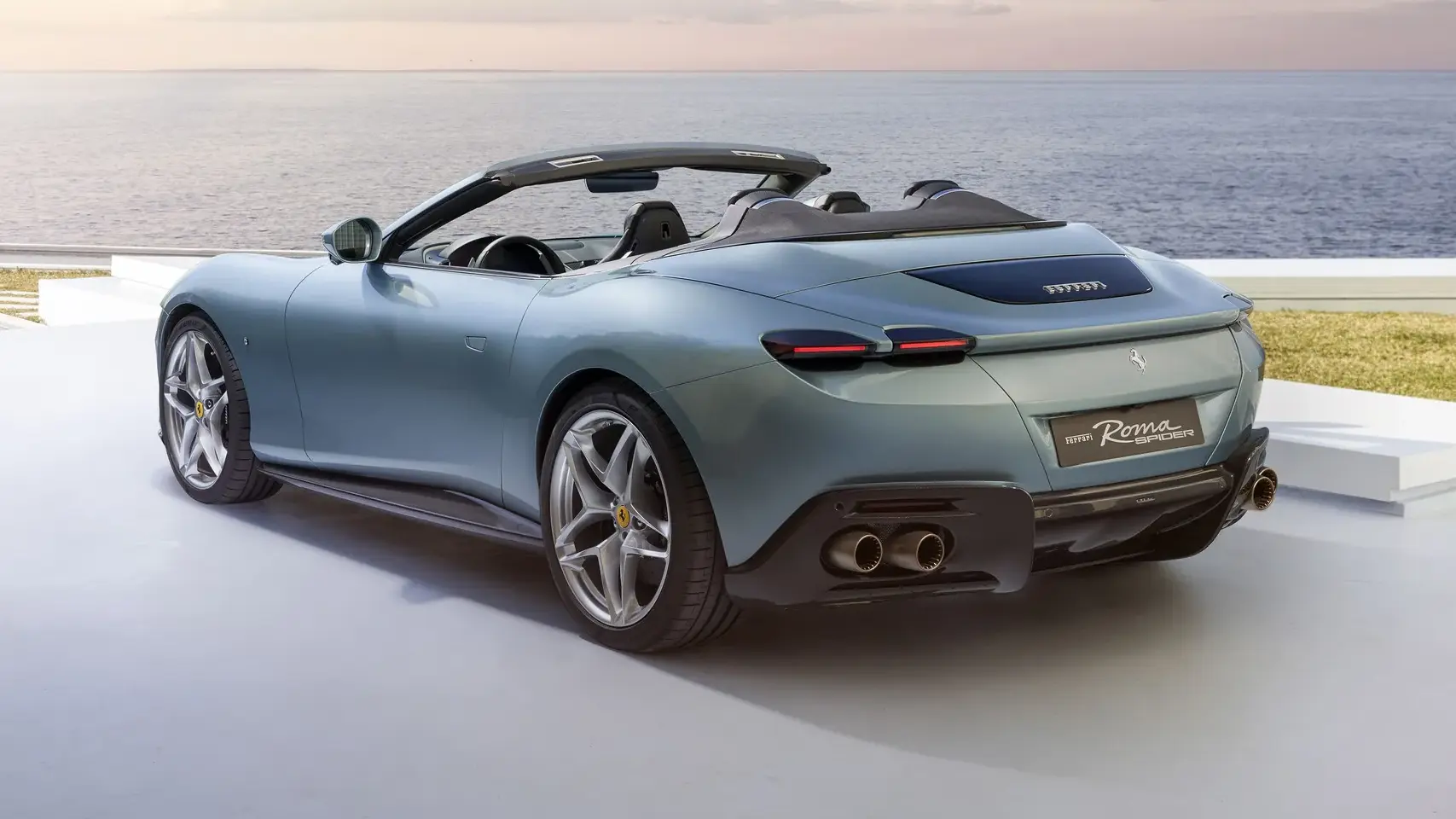
The “dual-cockpit” interior creates two symmetrical zones. Premium materials all around. But let’s talk about the elephant in the room: the touch controls on the steering wheel. Beautiful, futuristic… and sometimes incredibly annoying. Owners’ feedback was clear, and the brand listened. Assistance systems like ACC, blind-spot monitoring, and lane departure warnings can be equipped as part of packages. For emissions/measurement context, I recommend a quick visit to wltpfacts.eu.
What’s the strategy for versions, and how does the Amalfi successor fit in?
2026 is the final model year for the Roma, and only as a Spider. Forget rumors of “Roma S” or “Roma Modificata” with 700+ hp: nothing official. What exists is the logical evolution in the successor, with around 631 horsepower, more efficient aerodynamics, and — finally — the return of physical buttons on the steering wheel, including the iconic red start button.
If your vibe is the ultimate convertible GT, few rivals deliver the package of thrill + elegance without looking like a circus. An interesting contrast, in brutality and luxury, is the Aston Martin Vanquish Volante 2026 — different philosophy, but the same goal: to take your breath away.
How does the Roma compare to DB12, Continental GT, and high-end rivals?
On paper, the DB12 has more power, and the Continental GT Speed offers incredible hybrid torque. The Roma doesn’t beat all tables, but delivers “Ferrari drama” and an emotional connect that’s priceless. Lively steering, an addictive engine sound, and an elegance that doesn’t tire you. This isn’t empty marketing; it’s the real sensation of the steering wheel in your hands.
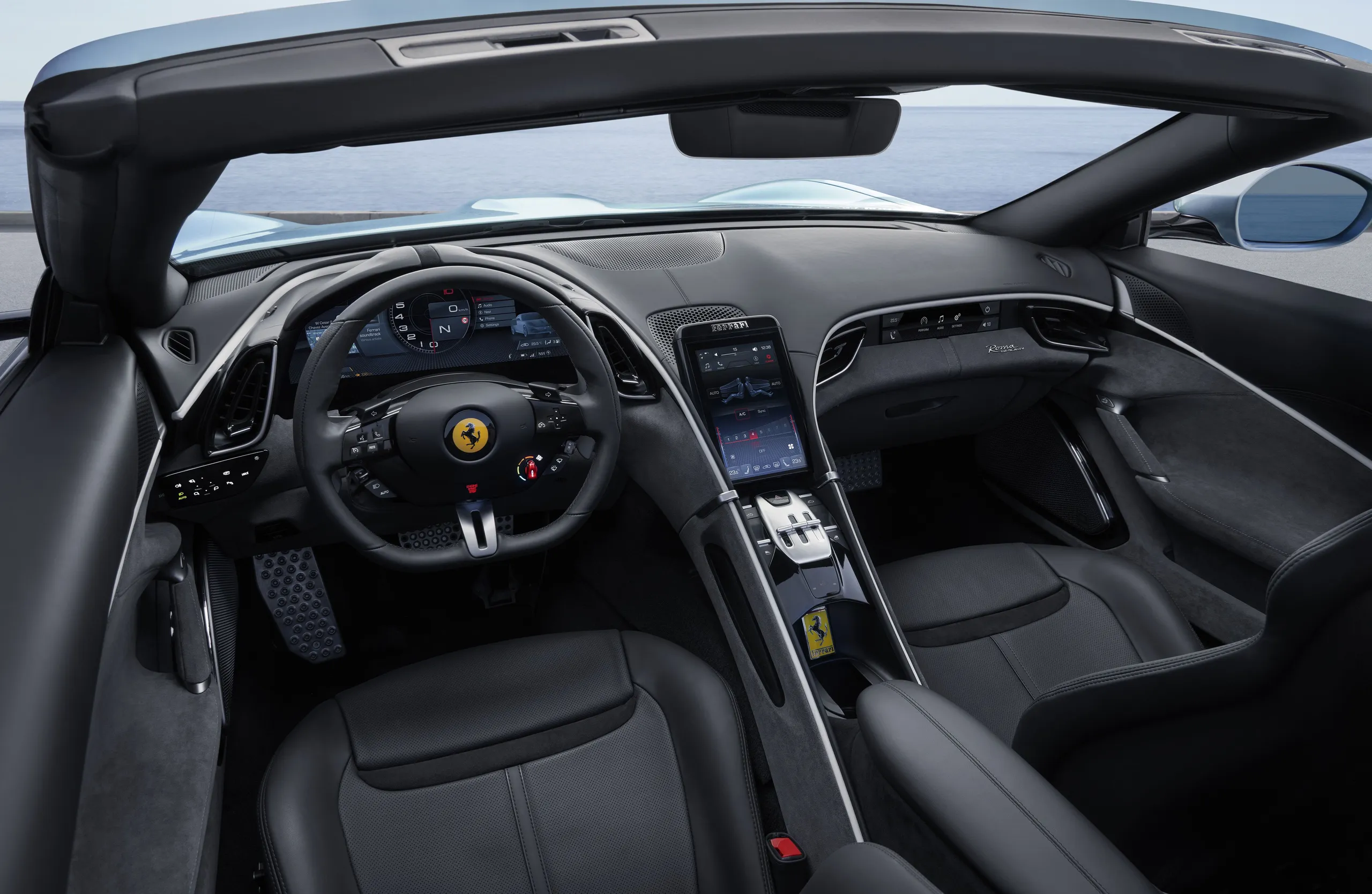
Looking for more high-end luxury GT options to mark the end of a cycle? Consider the BMW 8 Series Convertible 2026. Here are some quick benchmarks:
Roma Spider 2026 vs. rivals: what does each deliver?
- Ferrari Roma: 620 hp, 760 Nm, drama and lightness
- DB12: 671 hp, 800 Nm, raw “super touring” vibe
- Conti GT Speed: 771 hp hybrid, monster torque
- Porsche 911 Turbo S: precise handling and incredible traction
- McLaren GT: mid-engine, focus on dynamism
How much does it cost, how to buy, and what’s the availability like?
Get ready for the price tag. The Roma Spider 2026 starts at around $280,000, depending on options and personalization. The Amalfi is expected to hover around similar figures, with content upgrades. For high-end GTs like these, waiting lists exist, delivery times vary, and opportunities appear in nearly new “zero-mile” models. Avoid impulse buying; a poorly chosen option can heavily affect resale value.
If you want an open-top alternative focused on sportiness with similar status, consider the new Aston Martin Vantage Roadster 2026. And remember: maintaining exotic cars costs more than German luxury models; ensure you get a service package and thorough inspections.
Quick Buying Checklist (No Frills)
- Verify MagneRide presence on the car
- Check the ADAS package
- Inspect the soft top and seals
- Review service history
- Configure seats and HMI settings
- Ensure wheels/tires are free of “flat spots”
- Review audio and screens specifications
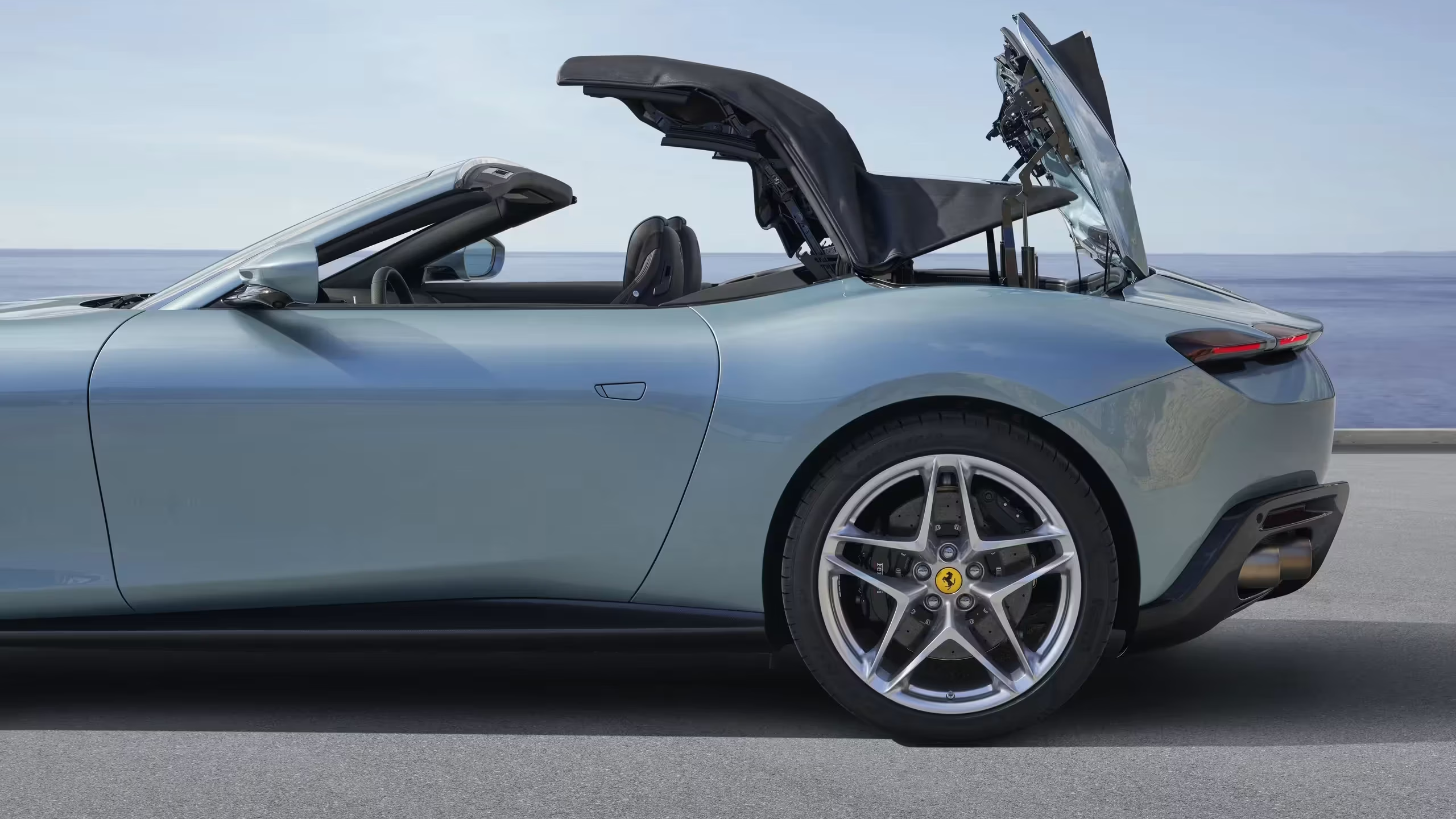
FAQ — Common questions before signing the dotted line
- Is the Roma 2026 only available as a Spider? Yes. The coupe was discontinued earlier, and 2026 marks the last year for the platform, exclusively as a convertible.
- Is it worth paying extra for MagneRide? Absolutely. It improves comfort on rough roads and keeps the car sharp when you demand it.
- Does the touch HMI get in the way? Sometimes, yes. The successor returns to physical buttons. On the Roma, it’s a matter of habit and configuration.
- Is it a “true” 2+2? It’s a 2+2 in GT fashion: rear seats are for kids, bags, or backpacks. Adults will complain after 30 minutes.
- And resale? Ferrari GTs tend to hold their value well if the spec is smart. But don’t count on speculative appreciation.
My take? The Roma Spider 2026 is the grand finale it deserved: beautiful, fast, practical, and with that special touch only an Italian V8 delivers. The touch controls? A stylish stumble, but fixable. If you want the last toast of “La Dolce Vita” with wind in your hair, go for it. If modern ergonomics and a more aerodynamic profile matter more, Amalfi is the way. In both cases, it’s luxury with emotion — and that’s never a bad idea.
Did you like it or disagree with anything? Leave your comment below and tell us: would you go for the final edition Roma Spider or wait for the Amalfi?
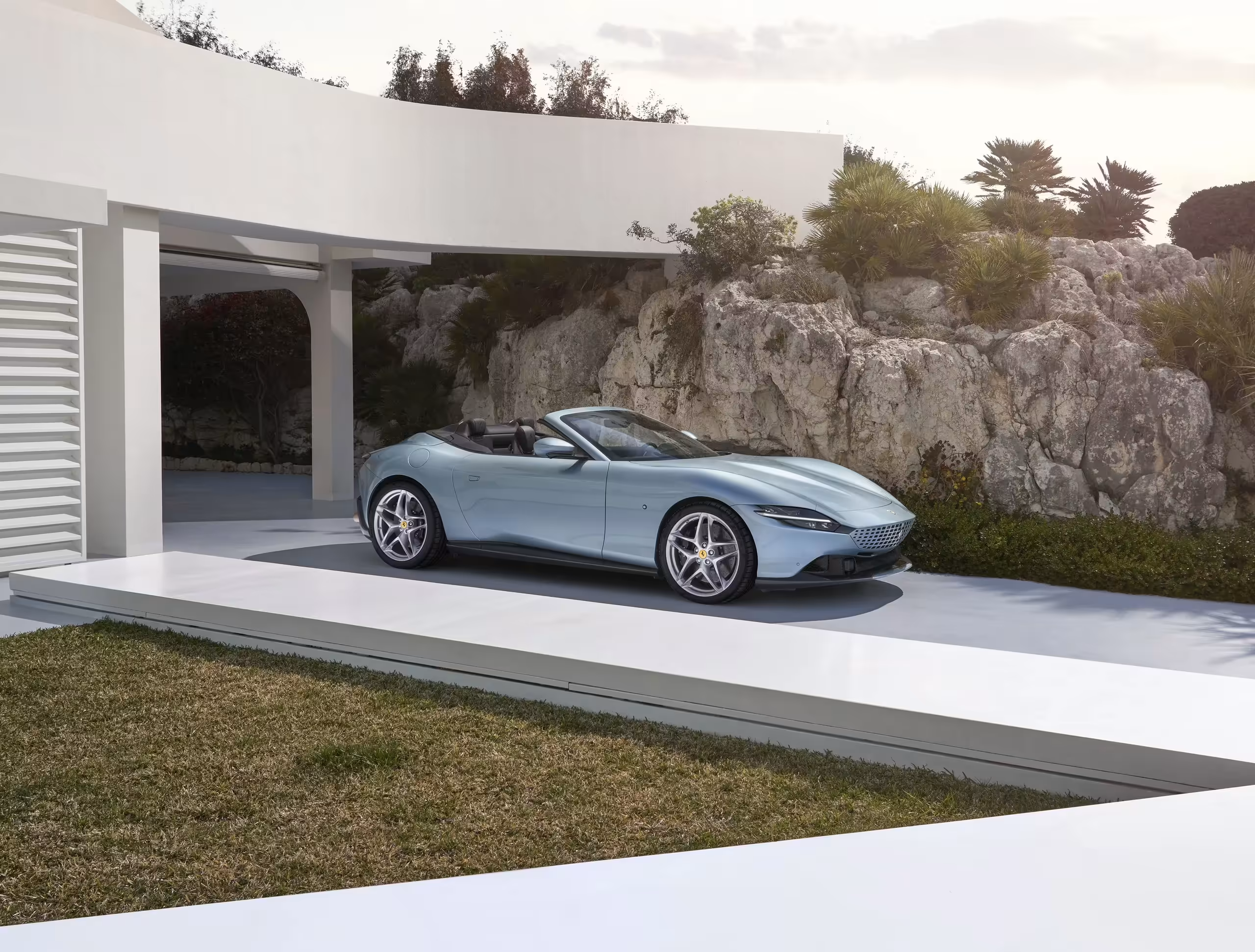
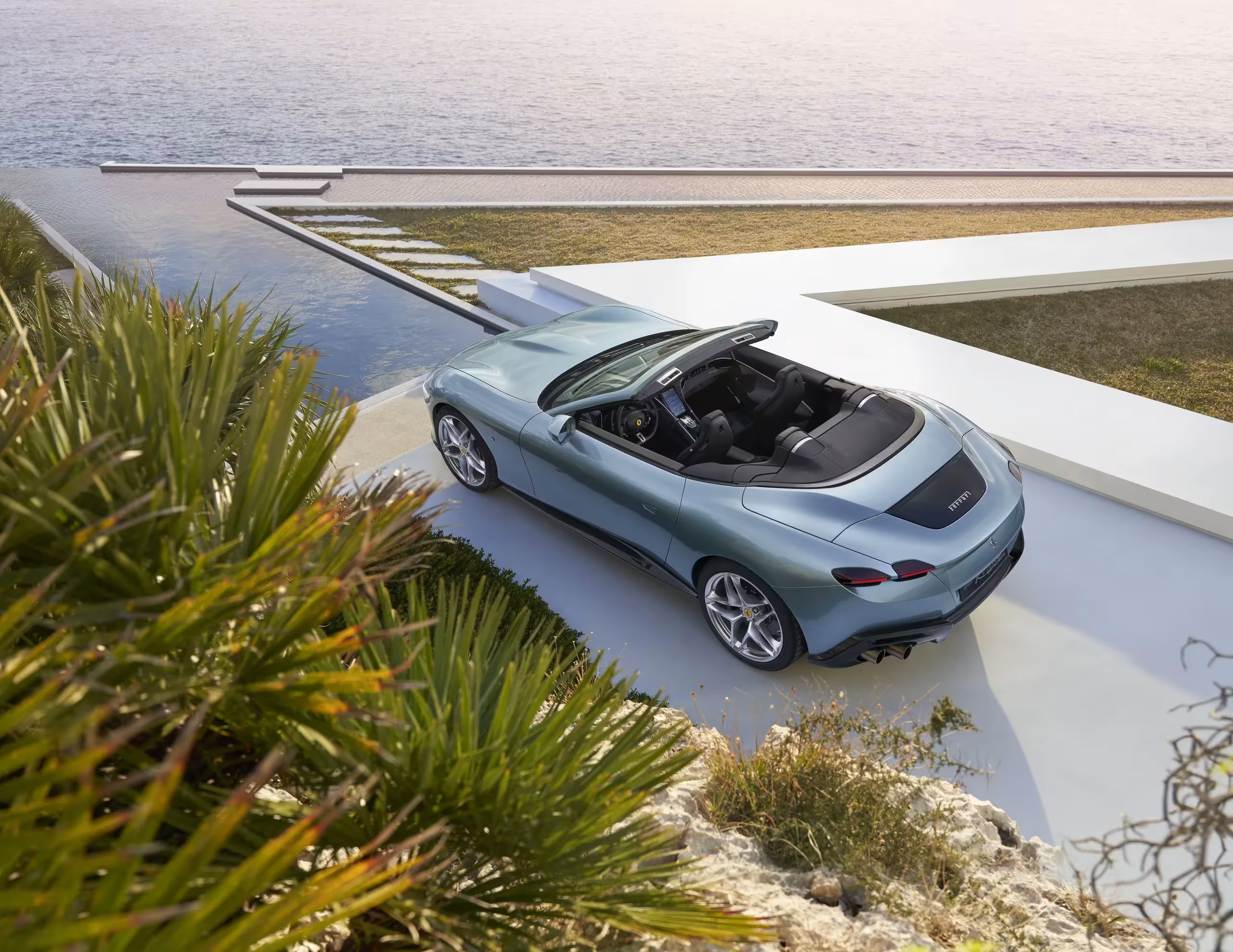

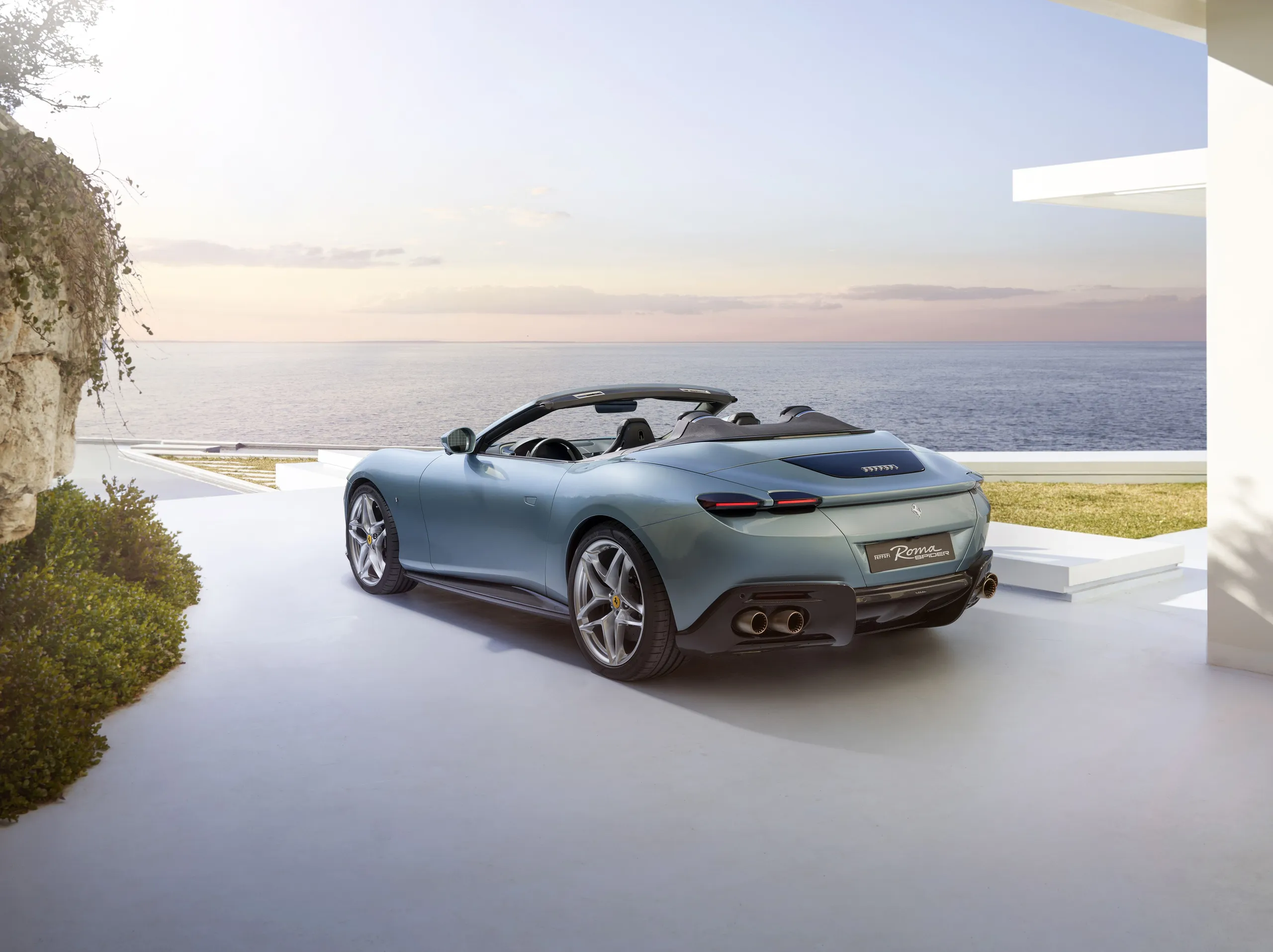



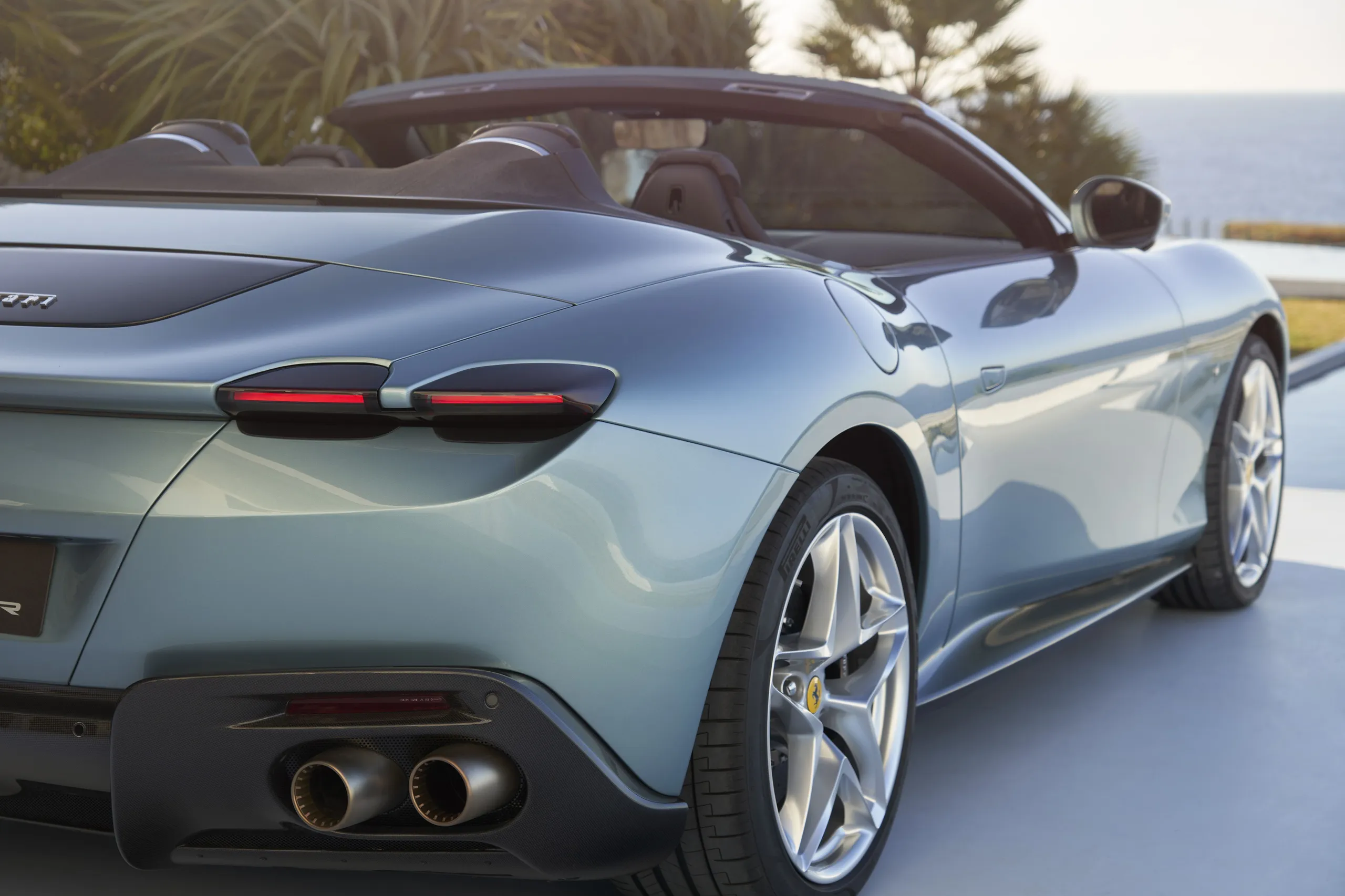
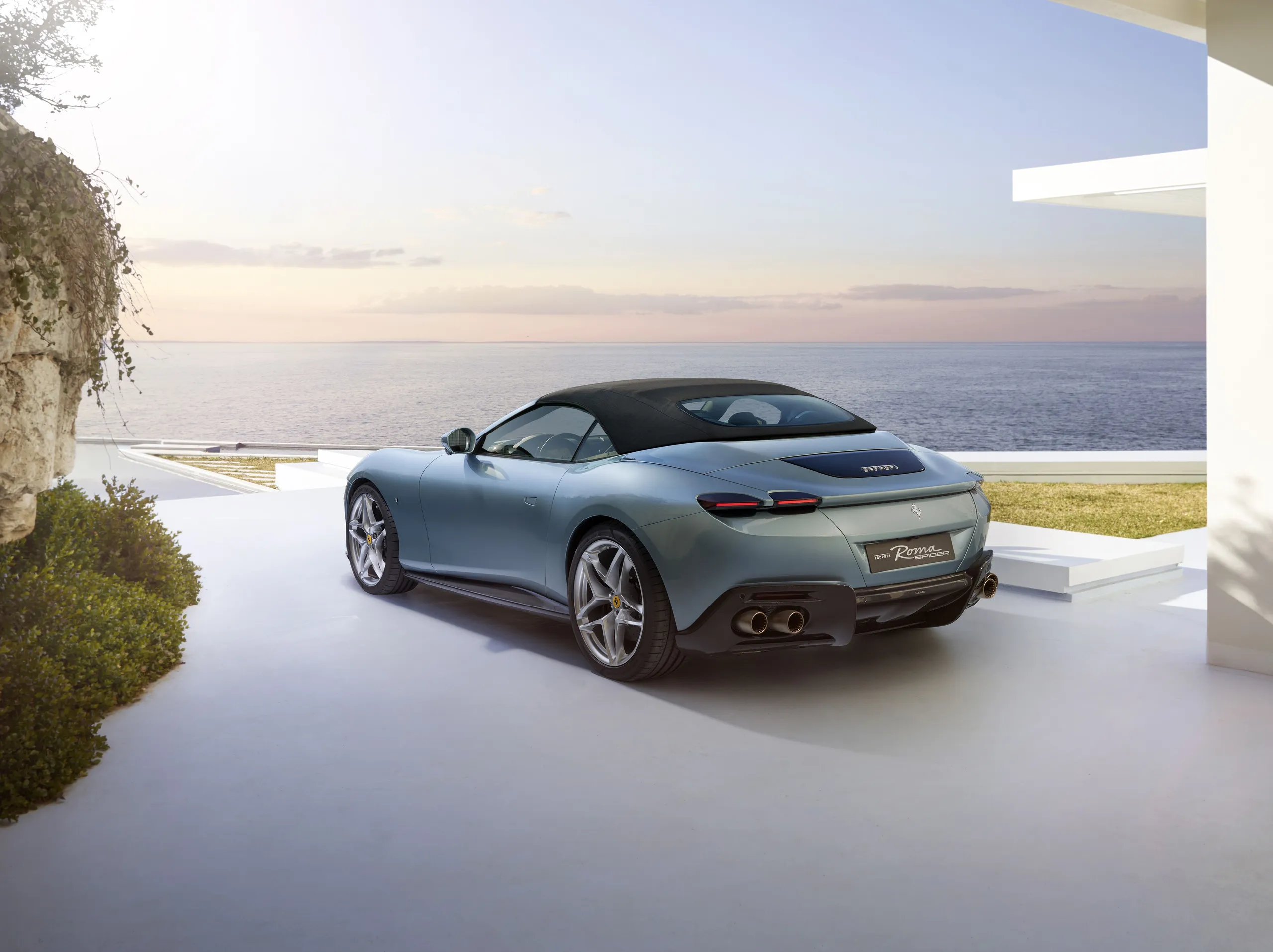

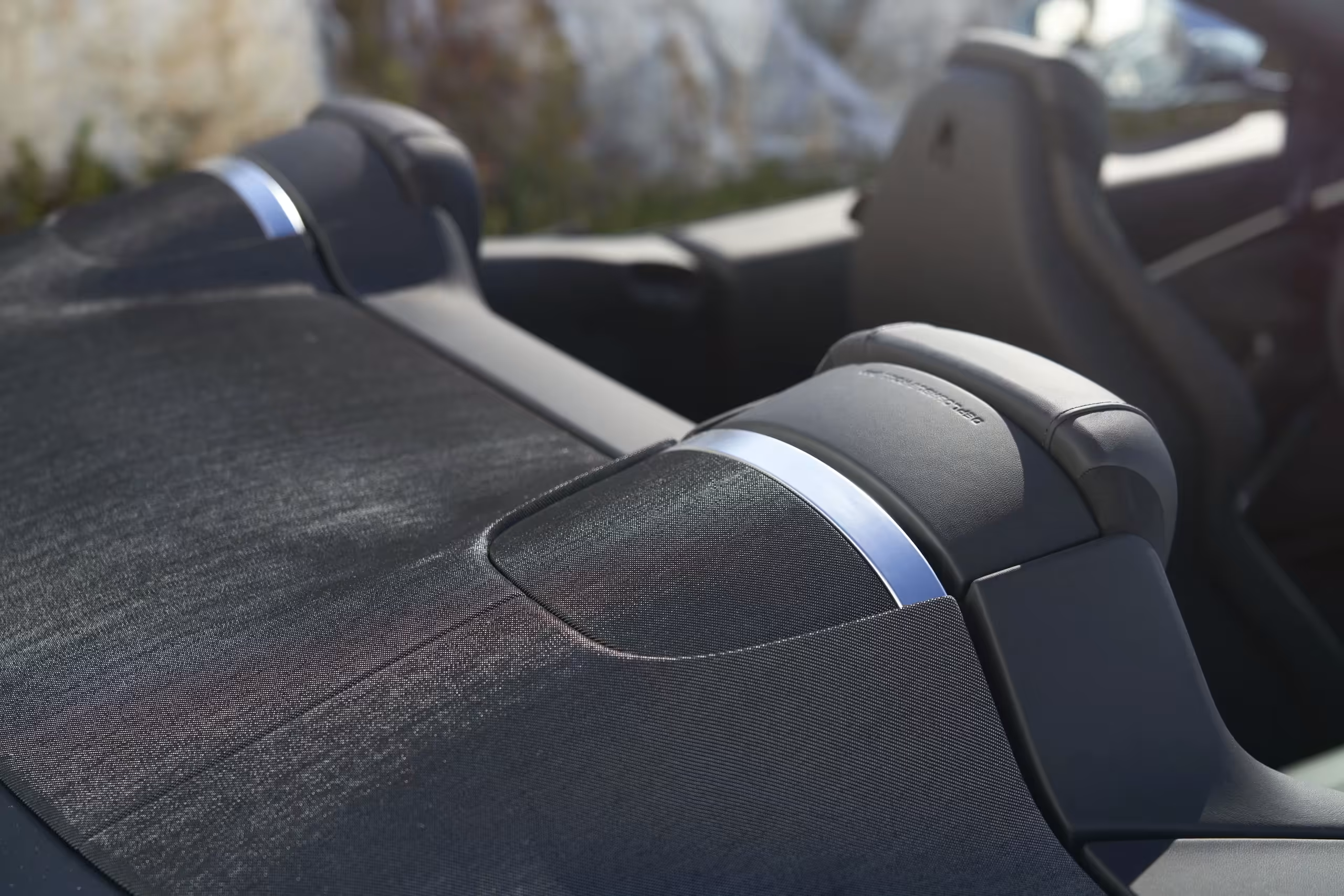
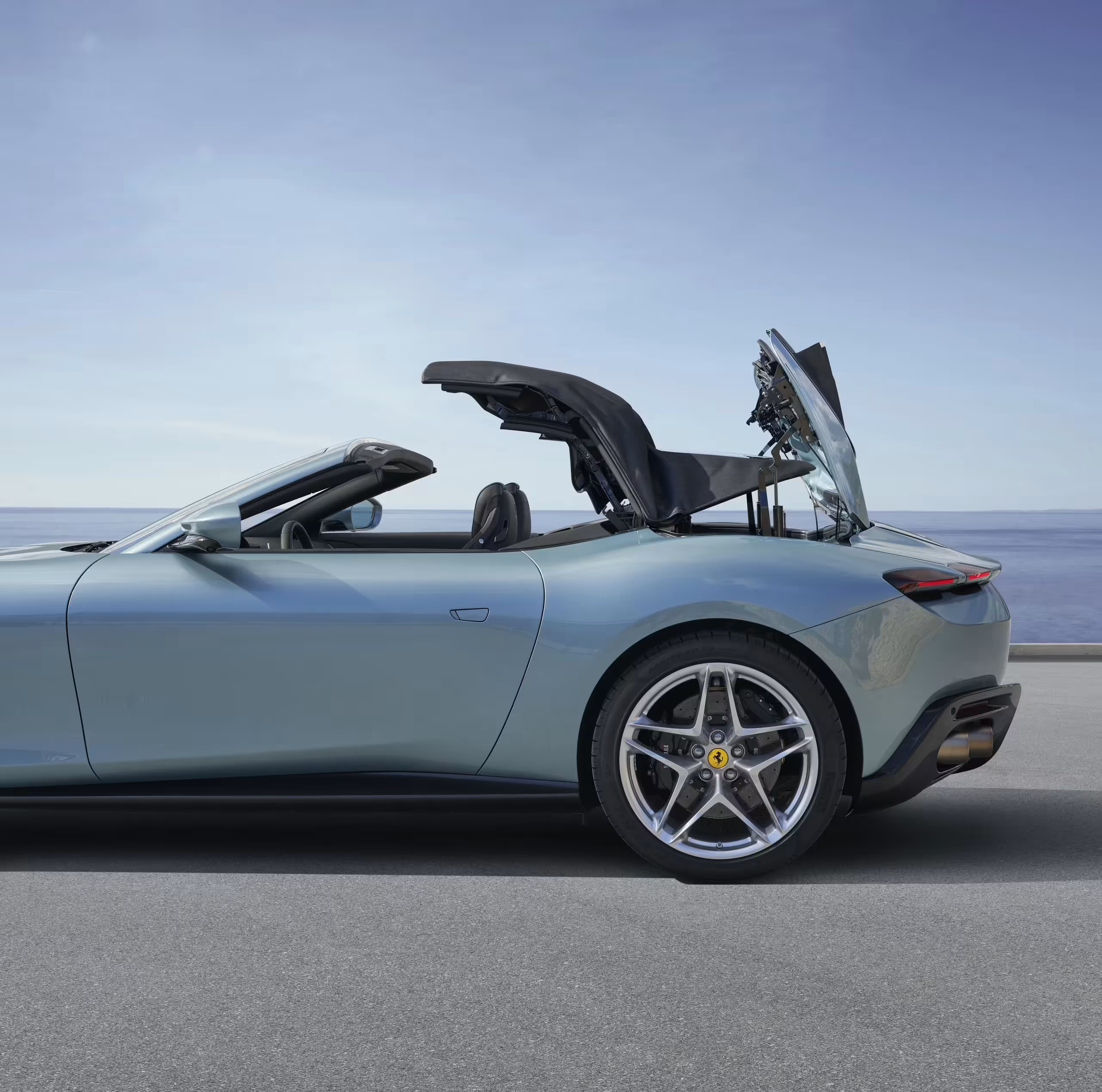
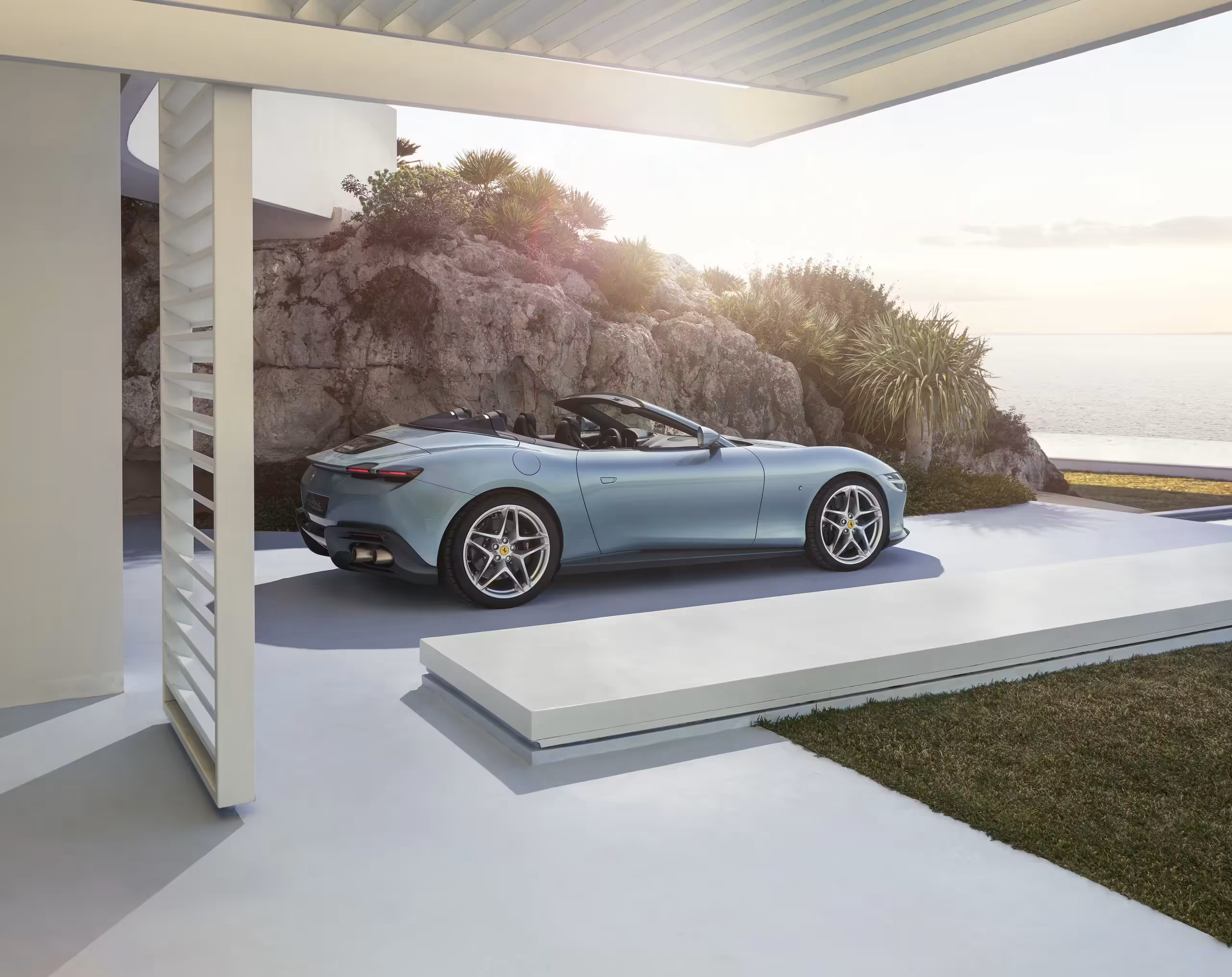
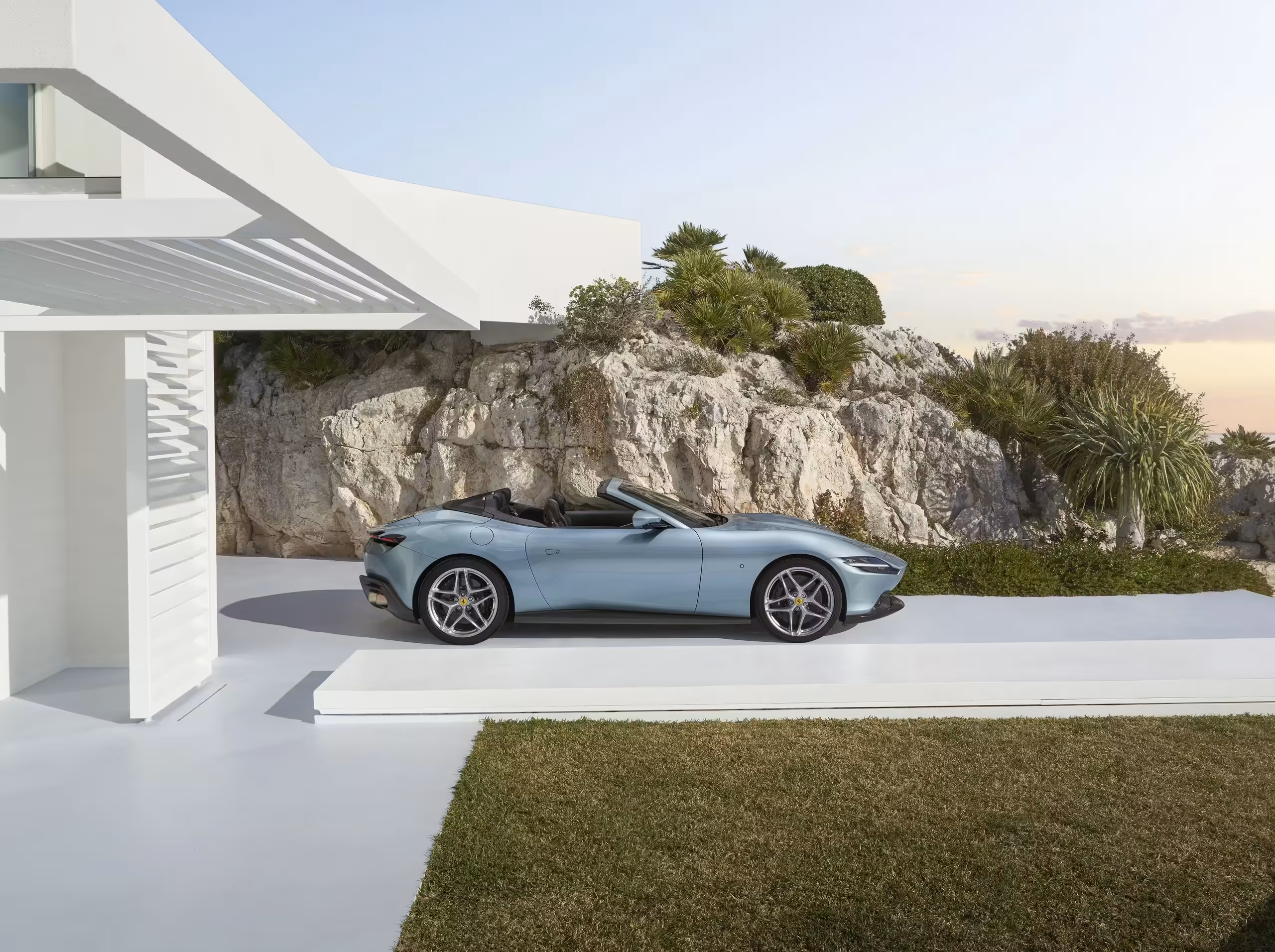

Author: Fabio Isidoro
Founder and editor-in-chief of Canal Carro, he dedicates himself to exploring the automotive universe with depth and passion. A car and technology enthusiast, he produces technical content and in-depth analyses of national and international vehicles, combining quality information with a critical eye for the public.

